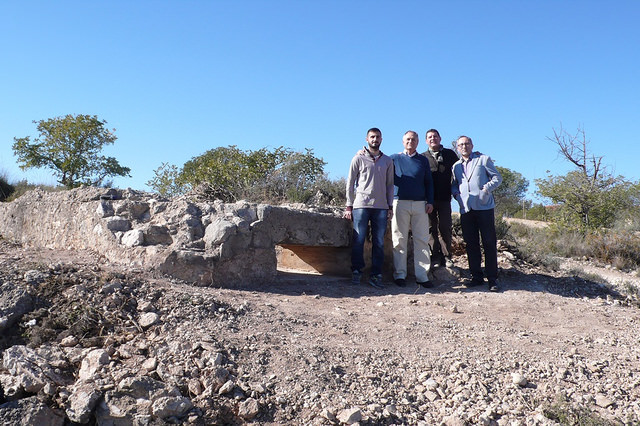
One of the most emblematic churches in the city of Valencia has recovered its splendor after being restored. San Nicolas and Baroque frescos captivate visitors.
22 february 2016
Saint Nicholas Church (Valencia) has been restored. It maintains its 15th-Century-Gothic structure and amasses 17th-Century Baroque frescos along 2000 squared meters of domes, ribs and columns where Dionís Vidal (1670-1719) painted the programme created his pupil and prestigious painter Antonio Palomino. Its cost has risen to €4.7 millions and was undertaken by the the private foundation of Hortensia Herrero, Vice-Principal of Mercadona.
The person in charge of the restoration was Pilar Roig, full-university professor and researcher at the Restoration Insitute of the Universitat Politècnica de Valencia (UPV), and director of an interdisciplinary team which counts with the participation of around 30 people. All tasks have been assessed by experts from other academic fields and renowned international experts such as Gianluigi Colaluci, restorer of the Sistine Chapel.
The first general restoration phase started in 2012 with the rehabilitation of the neo-Gothic façade and the Baroque Communion Chapel as well as the temple’s glass windows, which were mechanised in order to air out the church, according to sources.
The project has included the consolidation of the support and the pictorial stratum (crack and fissure sealing, micro-moorings and use of binders); cleaning (dust disposal, adhered materials and insoluble salts); lagoon treatment and aesthetic reintegration (volumetric reconstruction in sculptures and angels, chromatic reintegration of lagoons in paintings and stucco) and support tasks (control and monitoring of restoration).
In the temple’s rehabilitation, innovative restoration techniques such as cleaning with non-pathogenies micro-bacteria feed at a lab which eliminate a part of the dirt embedded in the painting, or a laser.
As the restoration was developing, new surprises appeared. A painting of a woman representing “Ecclesia Mater” which had been hidden, was also restored. Other discoveries have been a self-portrait of Vidal along with his master in the gable end wall, where he painted the evangelists Saint Lucas and Saint Marcos.
The frescos are also important due to their narrative character: the nave is conceptually divided into two parts: one half narrates the life and miracles of Saint Nicholas who alleviated the poverty of a father and the prostitution of his three daughters, giving them anonymous gifts; this event is the origin of the myth of Santa Claus. The other half of the nave, tells the story of Saint Peter Martyr.
As you have possibly heard or read, since its restoration, Saint Nicholas has been given the nickname the “Valencian Sistine Chapel”. It is not about comparing Dionís Vidal’s work with that of Michelangelo; it is more about giving value to the temple and putting emphasis on the difficulties of painting 1904 squared meters of irregular surface in front of 800 squared meters on the sky of the most famous chapel of the Vatican Basilica.








